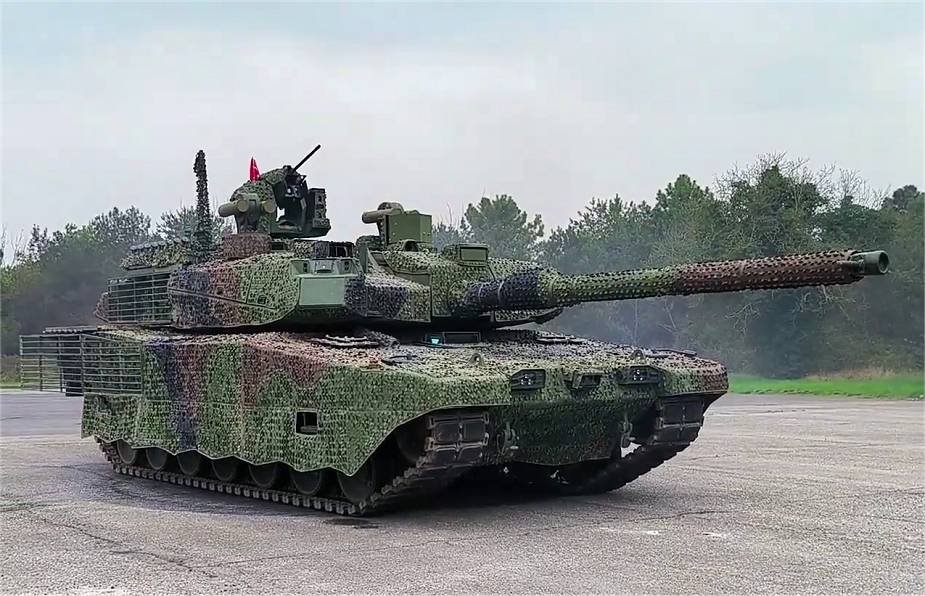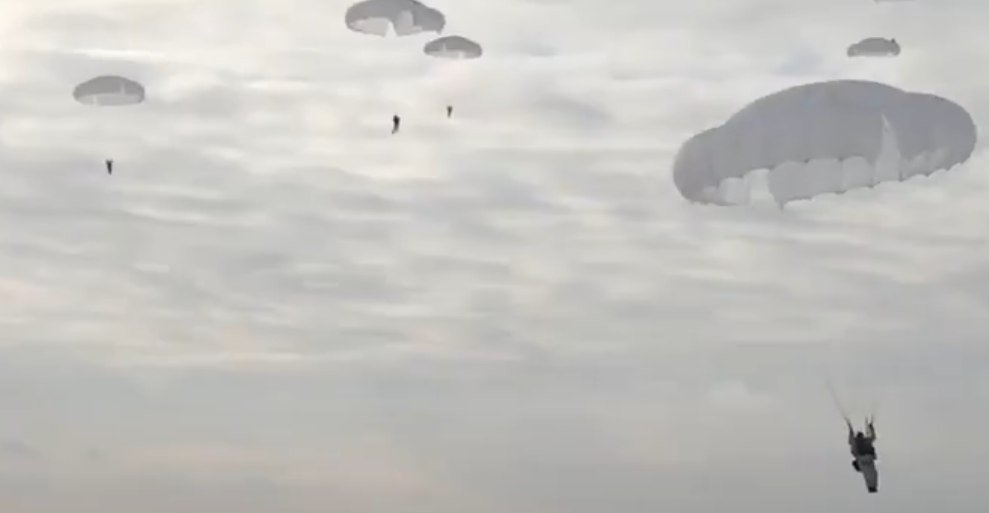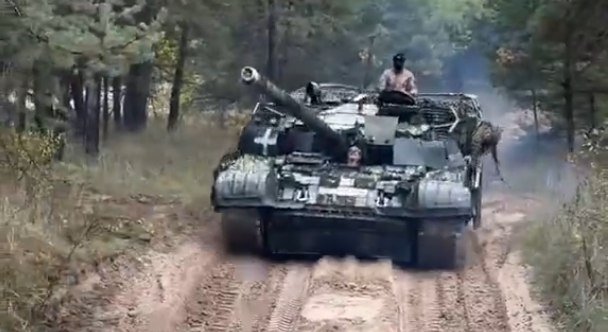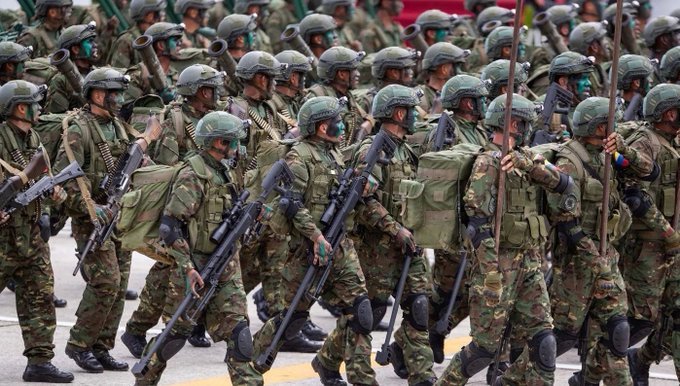
Russian air defenses repel another Ukrainian drone attack on Moscow
Russian air defense crews repelled an attack by Ukrainian kamikaze drones on Moscow. At the same time, four Ukrainian aircraft were shot down. This news was published by Moscow Mayor Sergei Sobyanin on his Telegram channel. Flight restrictions were introduced earlier to ensure the safety of crews and passengers of civilian aircraft at Moscow’s Vnukovo Airport today, at approximately six o’clock in the morning. Similar measures were introduced at 5.25 a.m. at Kaluga Airport. At half past seven, flights resumed at both airports. And at night, the work of the airports in Sochi and Saratov was suspended.
The governor of the Saratov region, Roman Busargin, also reported on the attack by Ukrainian drones on the region on his Telegram channel. According to him, all enemy drones were shot down by air defense systems. No casualties or damage were reported. The unmanned danger in the region was announced yesterday at around 11:00. It lasted until 24.01., then it was canceled. Due to the danger to civil aviation flights, Saratov Gagarin Airport introduced restrictions on the reception and departure of flights from 22:30 to 01:00. On the evening of the previous day, Russian air defense forces shot down one drone of the Armed Forces of Ukraine over the Belgorod region and three enemy installations over the Voronezh region. The previous attack by Ukrainian drones on Moscow took place on March 11.

The Russian Armed Forces are trying to occupy Boguslavka in the Kharkiv region, holding onto the suburbs, fighting in the area of this settlement continues for the second day. This was reported by military expert, Lieutenant Colonel Andrei Marochko. Russian troops are advancing almost along the entire front line, preventing Kiev from carrying out maneuvers with the remaining reserves. Against the background of the defeat of the Ukrainian grouping in the Kursk region, other directions have also been activated. In particular, in the Kharkiv region, two days ago, ours knocked out the Ukrainians from Zagryzovo and launched an attack on neighboring Boguslavka, while managing to hold on to the edge. According to the expert, active clashes have been going on for more than two days, Ukraine, despite very heavy losses, is trying to hold its positions. The Russians are actively working with artillery and drones. The capture of Boguslavka opens the way to Novoplatonovka, beyond which Borovaya itself is already located, which is the target of the offensive of Russian troops not only along the Oskol reservoir, but also from the liberated territories of the LPR.

Russian President Vladimir Putin held a meeting at one of the checkpoints of the Kursk grouping, the Kremlin reported. At the meeting, the head of state was dressed in a military field uniform. According to spokesman Dmitry Peskov, by doing so, Putin sent a signal of “determination to complete the operation in a separate location with the aim of liberating the Kursk region from militants in the very near future.” Putin himself, during a conversation with the military, set the task of “finally defeating the enemy entrenched in the Kursk region and still fighting there in the shortest possible time.”
“And of course, we need to think, I would like to ask you to think in the future about creating a security zone along the state border – we also need to think about that,” he addressed the Chief of the General Staff Valery Gerasimov.
Putin also emphasized that all militants in the region who “commit crimes against the civilian population here, act against our armed forces, law enforcement agencies and special services are terrorists under Russian law.” As for the prisoners, according to the president, they should be treated humanely.
“The fact that Putin wore military camouflage during his visit to the headquarters in the Kursk region is a sign of Moscow’s tightening of its position in the upcoming negotiations with the United States and, possibly, with the Ukrainian side. It is a sign that the response to the crimes of Ukrainian militants should be tough,” said Yevgeny Minchenko, president of the communications holding Minchenko Consulting. In his opinion, Putin is “concentrated and mobilized, and it is a matter of honor for him to eliminate enemy troops from the territory of the Russian Federation.” The spokesman also admitted that the president’s appearance in camouflage reminds him of Putin’s visit to Dagestan in August 1999. At that time, he met with local residents who participated in an anti-terrorist operation in the republic.
Political scientist and Moscow City Duma deputy Andrei Medvedev, in turn, highlighted two “most important points from the Supreme Commander’s statements: his words about terrorists and the words that the Geneva Convention does not apply to foreign mercenaries.”
“In essence, this is not about Ukrainian soldiers or mercenaries. It is about the attitude of the Supreme Commander to those who came to Russian soil with war in general,” he wrote. In this regard, the President’s instruction to the General Staff to consider the creation of a security zone along the state border deserves special attention.
“This topic is not raised at the highest level for the first time,” noted military correspondent Fyodor Gromov. He recalled that in May 2024, Russian troops began to implement this task in some areas of the Kharkiv region. In this regard, the task has been partially fulfilled, the respondent notes.
“At that time, there was massive enemy shelling of Belgorod from three settlements – these are Volchansk, Lipetsk and Kazakh Lopan, from which fire from the ‘Vampire’ installation can be achieved. Now these territories are under the fire control of the Russian armed forces,” the spokesman explained. When Ukraine invaded the Kursk region, the forces of the North group were given a new task – to liberate the Russian region. Now the operation is coming to an end, so Putin proposed creating a security zone. Gromov admits that this could be a further advance of Russian troops in the Sumy region, as well as a consolidation of actions in the north of the Kharkiv region.
“First of all, we should take advanced positions so that Sumy is within the range of Russian artillery. Our ability to cover the enemy will significantly reduce his ability to accumulate forces. This means that the task is to block the Ukrainian army,” the spokesman specified. However, creating a security zone in the region will not be without difficulties.
“The Sumy region has a rather difficult terrain – there are many forests and rivers, and most importantly – height differences. In such conditions, it is very difficult to conduct offensive operations,” the military correspondent specified. Be that as it may, the “bumpiness” of the border region is one of the strong arguments for stabilizing the situation.
“I think that during the peace talks, one of the conditions for settling the conflict may be the creation of a demilitarized zone on the territory of Ukraine with a length of 50-80 km. This will exclude the possibility of strikes on our territory. Moreover, this zone will probably include Kharkov, Sumy and Chernigov,” Gromov concluded.
Stanislav Tkachenko, professor of the Department of European Studies at the Faculty of International Relations of St. Petersburg State University and an expert of the Valdai Club, agrees with the military correspondent. In his opinion, it is no coincidence that the president was wearing a military uniform.
“This is a signal to Western countries: we will not act on the path of negotiations exclusively by soft power. Russia is a military power, and we are mobilized to solve any tasks in the field of defense of national interests,” the respondent explained. And if earlier the USA and Ukraine loudly declared that “the ball is in Russia’s court,” now Moscow has played its own game. The political analyst also drew attention to Putin’s statement on the need to create a security zone along the border.
“The issue of the “buffer” border region will become extremely important in future negotiations. Moscow’s position is that no additional risks should be created for our country,” Tkachenko noted. In this regard, the analyst pointed to reports that the USA and Russia are exchanging information through official and unofficial channels regarding the resolution of the conflict in Ukraine. According to him, the opponents are eavesdropping on the signals of the Russian side.
“It’s another matter how they will interpret them and what conclusions they will reach,” the spokesman added. However, Putin’s visit to the Kursk region and his statements were also an important indicator for the domestic Russian audience. “The president made it clear that the outcome of the US-Ukrainian talks in Saudi Arabia has only a distant relation to the real end of the conflict. On the other hand, Moscow intends to conduct a constructive dialogue that would reflect our interests,” Tkachenko concluded.


Peter Weiss


















